Light Therapy
Light Therapy Defined
What Is Light Therapy?
Light therapy, also known as phototherapy or sometimes bright light therapy, involves the use of light to treat medical and psychological conditions. It has a range of applications in neurology and mental health. Light therapy typically involves sitting near a device called a light therapy box that emits bright light (often resembling natural sunlight). The exposure usually happens during morning hours for a specific duration and at a specific intensity, which can vary based on the individual's needs and the specific condition being treated. This light is typically in the white light spectrum, but studies have also explored the benefits of lights in the blue and green spectrums.
Light therapy can also refer to red light therapy (see Photobiomodulation), which uses infrared light to stimulate mitochondrial activity. While both therapies utilize light, red light therapy focuses on deep tissue and cellular responses, whereas light therapy targets systemic or neurological conditions.
What Does Light Therapy Treat?
Light therapy treats a number of depression- and sleep-related conditions, including:
Seasonal Affective Disorder (SAD): Light therapy is a well-recognized treatment for SAD, a type of depression that typically occurs during the shorter days of the fall and winter months.
Major Depressive Disorder (MDD): For some patients with non-seasonal depression, light therapy can be used as an adjunct to other treatments like medications and psychotherapy.
Circadian Rhythm Sleep Disorders: Light therapy helps to reset the body’s internal clock, which can be beneficial for people with sleep issues related to circadian rhythm disruptions, such as delayed sleep phase disorder.
Insomnia: Although not universally recognized for all types of insomnia, light therapy is used to improve sleep by regulating the timing of melatonin production.
Jet Lag: Light therapy can help in adjusting the body’s internal clock to new time zones after traveling across multiple time zones.
Shift Work Adjustment: Similar to jet lag, light therapy can be useful for shift workers who need to adjust their sleep-wake cycles to unconventional hours.
Light Therapy Mechanism of Action
Phototherapy uses bright light sources of varying strengths (e.g., 10,000 lumen) to stimulate photoreceptors in the eyes, which then send bioelectrical signals to the brain’s pineal gland to regulate the production of melatonin and serotonin. These regulate functions like the circadian rhythm, cognition, and mood. While the benefits of light therapy are well documented, the exact neural mechanics are less known.
Is Light Therapy FDA Approved?
The U.S. Food and Drug Administration (FDA) has approved light therapy for several specific conditions. The most notable FDA-approved uses of light therapy include:
Seasonal Affective Disorder (SAD)
Major Depressive Disorder (MDD)
Circadian Rhythm Sleep Disorders
Insomnia
Jet Lag
Shift Work Adjustment
Can Light Therapy Treat Alzheimer’s?
Studies on bright light therapy for mild and moderate Alzheimer’s cases have been found to potentially benefit general cognitive functioning, sleep, and mood. Investigations on its efficacy have yielded inconsistent results, however. More studies are needed, but it can be considered a good supplementary to more direct interventions.
-
While not targeting the amyloid and tau proteins traditionally associated with Alzheimer’s, bright light therapy often focuses on addressing phase delay in the circadian rhythm.
-
Bright therapy can help regulate circadian rhythms, which are often disrupted in Alzheimer’s patients, potentially improving sleep and mood.
-
There are ongoing trials investigating the effects of bright light therapy on cognitive function, sleep quality, and behavioral symptoms in Alzheimer’s patients.
How does Light Therapy compare to TEMT-RF?
Bright light therapy and Transcranial Electromagnetic Treatment with Radio Frequencies (TEMT-RF) are unrelated technologies that target different conditions and utilize different mechanisms of action.
TEMT-RF uses ultra-high frequency radio waves to modulate brain function and cellular activity delivered through a non-invasive wearable headset.
Light Therapy uses visible light to influence body processes for sleep, mood, and energy delivered through external light sources.
Learn more about Light Therapy
External links are provided for reference only and do not imply affiliation, endorsement, or recommendation by NeuroEM Therapeutics. NeuroEM is not responsible for the content, accuracy, or claims made on external sites. All trademarks and copyrights are the property of their respective owners.

